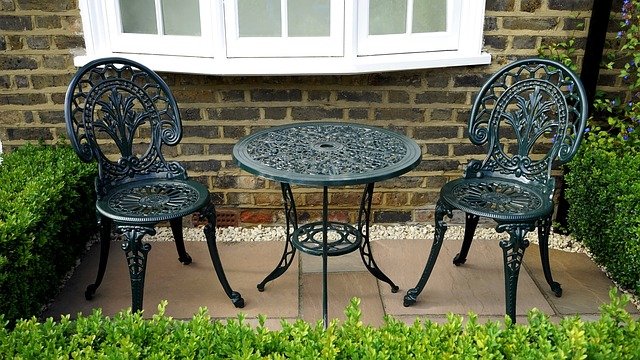Introduction
Insulating a metal garage is essential for maintaining comfortable temperatures, preventing condensation, and reducing energy costs. Whether you use your garage as a workshop, storage space, or even a living area, insulating it properly can make a significant difference. In this article, we will explore various methods and materials to effectively insulate a metal garage.
Choosing the Right Insulation
Materials used: When it comes to insulating a metal garage, you have several options to choose from. The most common insulation materials include fiberglass batts, rigid foam boards, and spray foam insulation.
Fiberglass batts are affordable and relatively easy to install. They come in pre-cut panels that can be fitted between the metal studs of the garage walls. However, it’s important to wear protective clothing and a mask while handling fiberglass insulation due to its potential irritants.
Rigid foam boards are another popular choice. They offer excellent insulation value and can be installed directly onto the metal walls. Foam boards are lightweight, easy to cut, and provide good moisture resistance.
Spray foam insulation is a versatile option that can be applied directly onto the metal walls. It expands to fill gaps and creates an airtight seal, providing superior insulation and preventing air leakage. However, professional installation is recommended for spray foam insulation.
Preparing the Garage
Before installing insulation, it’s important to prepare the garage properly. Here are a few steps to follow:
Clean the walls: Remove any dirt, dust, or debris from the metal walls using a broom or vacuum cleaner. This will ensure a clean surface for insulation installation.
Seal air leaks: Inspect the garage for any gaps, cracks, or holes that could allow air to escape. Use caulk or weatherstripping to seal these openings and prevent drafts.
Consider vapor barriers: Depending on your climate, you may need to install a vapor barrier to prevent condensation. This barrier should be placed on the warm side of the insulation, facing the interior of the garage.
Insulating the Walls
Once the garage is prepared, you can start insulating the walls. Here’s a step-by-step guide:
Measure and cut: Measure the height and width of each wall panel, and cut the insulation material accordingly. Leave a small gap around outlets and switches for proper fitting.
Install the insulation: Insert the insulation material between the metal studs, ensuring a snug fit. For fiberglass batts, use a staple gun to secure them in place. For foam boards, use adhesive or screws to attach them to the walls.
Seal gaps: Use foil tape or spray foam insulation to seal any gaps or seams between the insulation panels. This will prevent air leakage and enhance the insulation’s effectiveness.
Insulating the Garage Door
The garage door is often a significant source of heat loss or gain. To insulate it:
Use insulation kits: Garage door insulation kits are readily available and can be easily installed. These kits typically include insulation panels or foam inserts that fit into the garage door panels.
Apply weatherstripping: Install weatherstripping around the edges of the garage door to create a tight seal when closed. This will prevent drafts and improve insulation.
Conclusion
Insulating a metal garage is crucial for maintaining comfortable temperatures and reducing energy costs. By choosing the right insulation materials, properly preparing the garage, and installing insulation on the walls and garage door, you can create a more comfortable and energy-efficient space.
References
– Energy.gov: energy.gov
– The Spruce: thespruce.com
– This Old House: thisoldhouse.com













